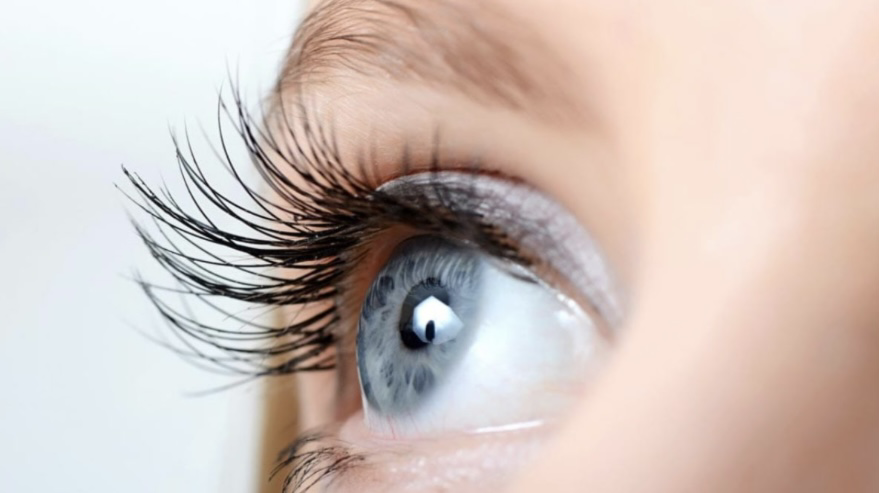|
Stubborn weight loss is a topic that produces a lot of confusion. In the last few months I’ve had many naturopathic patients coming to see me because they can’t lose weight despite doing EVERYTHING POSSIBLE with diet and exercise. These patients put most of us to shame when it comes to healthy eating and being physically active. Often these patients are extremely frustrated and confused with why they are not losing weight. The first thought is typically that the thyroid is under functioning. But when the thyroid panel test results come back “normal”, this cues us that there is something else going on entirely!
Over the years, I have discovered many of these patients struggle with INSULIN RESISTANCE. Insulin resistance makes it easy to gain weight, but very hard to lose weight. Sometimes these patients also have a blood sugar level that is creeping up, without them or their doctor noticing it. However insulin resistance can also start when the blood sugar levels look relatively normal as insulin resistance is often present for many years before blood sugar levels start to climb in the blood work. Insulin resistance can run in families, and sometimes it can be related to other health conditions (ie. hormones, liver issues, etc) as well. The top 2 screening tests I run to investigate insulin resistance with patients include:
There are a few conditions which are linked to insulin resistance, and this predisposition can be passed down from parents and even grandparents. Conditions with associated insulin resistance include:
If you struggle with losing weight and it seems disproportionate to your diet and physical activity level, it's worth being assessed by your naturopath for insulin resistance. These labs are simple and cost-effective to run at Dalhousie Health & Wellness. It may be worth investigating with your naturopath if you struggle with stubborn weight loss! Warmly, Noelle
1 Comment
Torticollis or “wry neck” is an abnormal position of the head and neck. Often, an infant will experience tightening of the neck muscles which could be caused by the positioning in utero, an event during birth or a positional preference after birth.
The most common muscle affected is the sternocleidomastoid (SCM) muscle that attaches the base of the skull to the collar bone. Infants experience tightening of the SCM on the side they tilt their head to and weakness of the SCM on the opposite side. What signs should you look out for? -Head tilted to one side and their chin tilted to the other - If breastfed, prefers one side over the other side - Has a preference for turning their head to one side Treating torticollis with chiropractic at a young age is important because a sustained head tilt may result in a delay of developmental milestones. Infants with torticollis lose the ability to hold their head midline because of the head tilting. Midline head position is the basic building block of developmental milestones. Evidence suggests torticollis could disturb sensory information about positional symmetry and balance. It could also cause problems with weight-bearing movements necessary when transitioning from one position to another. Maintaining a midline posture is important at a young age to ensure baby can look from left to right, use limbs symmetrically and strengthen the core to help with crawling, standing and walking in the months to come. Chiropractic treatment for infant torticollis includes manual stretching of neck muscles, neck mobility exercises, tummy time, strengthening of neck, shoulders and trunk, as well as parent education and environmental adaptations. If you have any questions about pediatric chiropractic care, contact Dalhousie Health and Wellness! |
Archives
May 2024
|



 RSS Feed
RSS Feed